There are many ways to be an author: traditionally published, self-published and indie published, and either publishing way will make you more or less of an author. In the same way, there are multiple ways to start writing that novel you always wanted to write.
Inkish Kingdoms looks for different ways to help authors in their many publishing endeavors. We have shared marketing strategies through social media and the power of editorial reviews to add value to your book over the rest. In our efforts to help upcoming authors, we have investigated some of the techniques authors use to write their stories.
Tip #1. Know what kind of characters you want.
To know what readers consider good characters, we need to understand what flat and round characters are.
- Flat Characters are those who have little development. They lack complex emotions, a solid personality, and complexity. Flat characters do not change throughout the novel because they start one way and end the same way.
- Round characters are the opposite of flat characters. They are complex in matters of personality, emotions, and motivators. They start one way, and we see the process of changing from their personality, motives, and emotions.
Let us take Katness Everdeen as an example. She is a complex character with a sea of emotions and different motivators that change throughout the novel.
How can you write round characters?
We recommend doing an outline of:
- Who and how your main character is at the start (personality traits)
- Who and how your main character is developing so far by the middle of the story. Where you want it to be and how you want it to be for this stage.
- Who and how your main character is at the end of the novel or novels.
Avoid allowing your characters to stagnate in one single stage.
Tip #2. Learn the difference between Dynamic, Static characters from round and flat characters.
Dynamic characters tend to overlap round characters, but they aren’t the same. A dynamic character undergoes internal and subtle changes, but a round character is layered and may not change. Example: Katness Everdeen is a dynamic and round character.
Contrary to dynamic characters, static characters do not change who they are through the novels.
Ask yourself these questions to create a dynamic character:
- Is the main character responsible for the conflict?
- Was Katness responsible for the uprising? Yes, she was.
- Will the conflict help them change or see learn a lesson?
- Did Katness change due to the uprising and the war? Yes, she did.
- Is the conflict strong enough to bring the main character to its breaking point?
- The War broke Katness. The Hunger Games and Peeta’s almost doom changed Katness.
- She was also romantically confused between Gale and Peeta, and the breaking point of the conflict forced her to change.

Tip #3. Have a clear outline of the story
Having everything on track is difficult, so we recommend having an outline because:
- There is nothing like spotting inconsistencies in a story. For example, I am Number Four. We love that series, but the novel had inconsistencies with several items they used.
- Avoid coming up with things that seem invented on the spot with no background or reason. For example, the main character has “habilities” unmentioned before, and, for book three, they know how to talk to dragons, but there wasn’t any clue or reason for the main character to know this.
- Avoid the dreading “deus ex machina.” The definition is “an unexpected power or event saving a seemingly hopeless situation, especially as a contrived plot device in a play or novel.“. Similar to number two. Greek plays used to apply this device to their stories when they summoned the gods to resolve the conflict. For example, read Medea by Euripides.
The outline also most have specific elements.
- Main idea
- Character lists (Tip #1 and #2)
- Where the story will start (Point a)
- Write how you want it to start
- Where the plot will be in the middle
- Write to connect point A to point C
- Where the story will end (Point c)
- Write how you want it to end.
Your writing does not have to be linear. You can have an idea of a specific scene or how certain things will develop. You can write them down, put them together, and edit them to fit.
Tip #4. Write every idea down
It is simple. Put every idea in one single place.
You never know which of those ideas will end up in the book. Maybe all of them will, or only some will work, but having ideas written on paper can spark your creativity if you hit writer’s block.
Also, remember that you might want to connect Point A to Point C, and some of those ideas would help you put everything together.
Tip #5. Set SMART goals and create a habit.
In a conversation between Stephen King and George R.R. Marting, King shares with Marting how he writes. He sits every day for 30 minutes to write, and, by the end of two months or so, King might have one book ready.
What we can learn here is the “habit of writing”? King most likely set a goal like:
- “Have one book ready by the end of X month”
Also, King broke down his goal on daily tasks to create a habit.
- Write from Monday to Friday 30 minutes every day
- From Saturday to Sunday basic editing 1 hour every day
If he can write ten pages every 30 minutes, he writes 50 pages per week, 200 pages per month. At the end of 3 months, he will have around 600 edited pages.
We hope these basic tips help you how to develop better characters and avoid vices in your story. Share this post with your network and help others achieve success!
If you wish to know more about creating writing goals stay tuned for upcoming posts!
Check us out on social media for bookish life and weekly content creation. Check out our pictures, our reviews on-demand, indie reviews, and memes in any of our below networks! We review audiobooks, physical books, and ebooks, and share bookish news!
 | 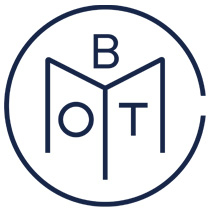 |  |  |
Want to try out Book of the Month and its beautiful versions? Click on the icon to get a free book on us!


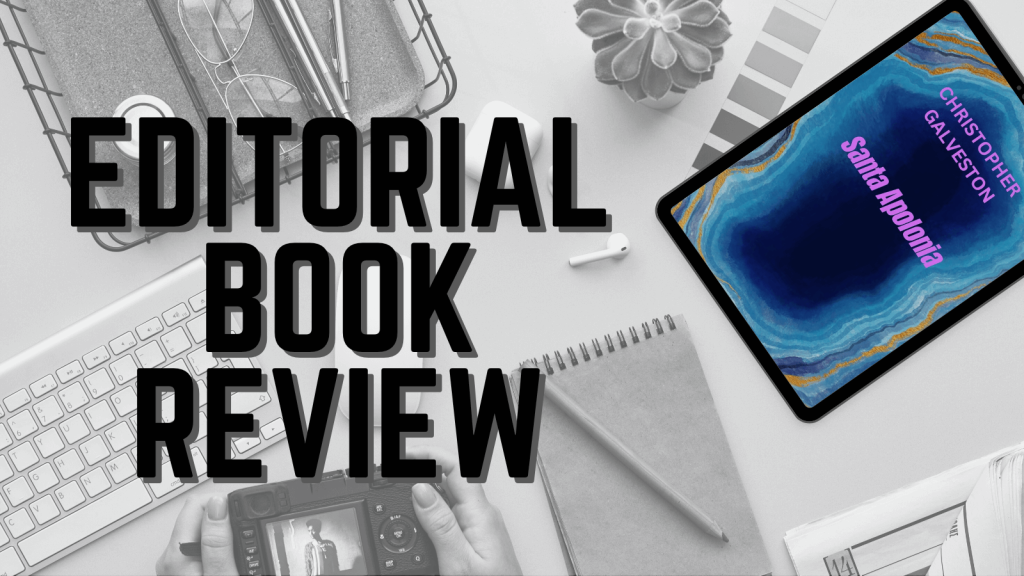
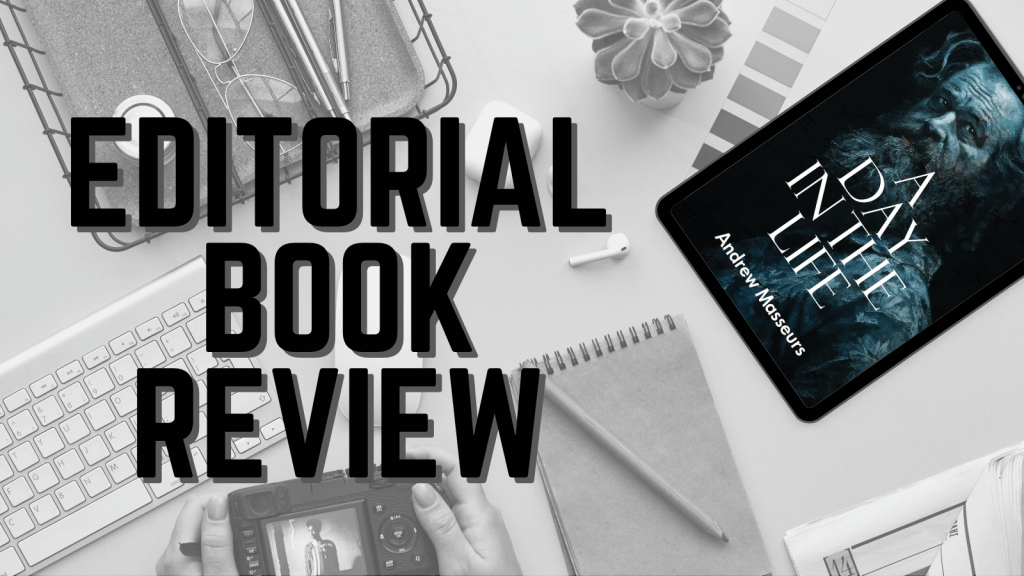
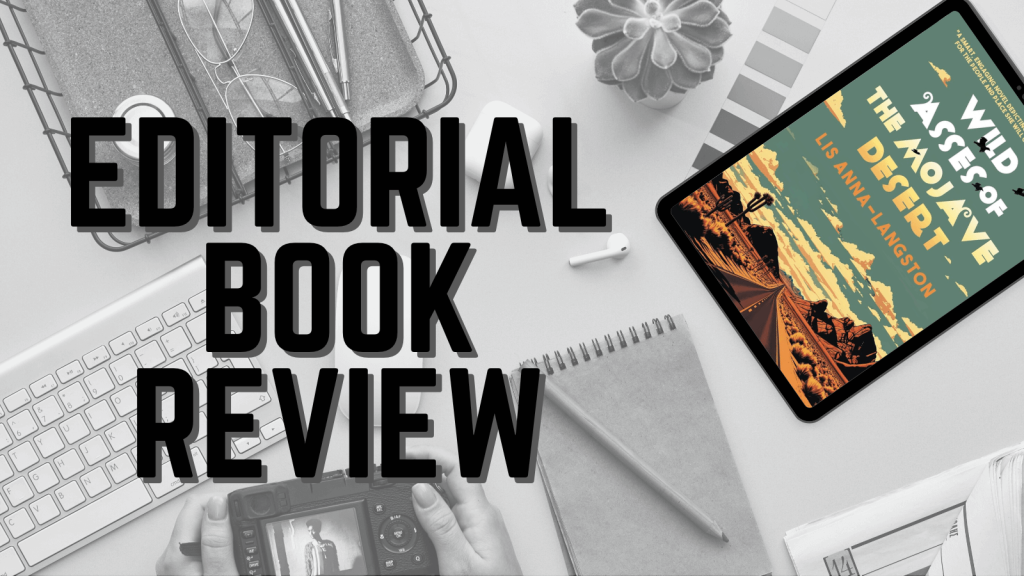
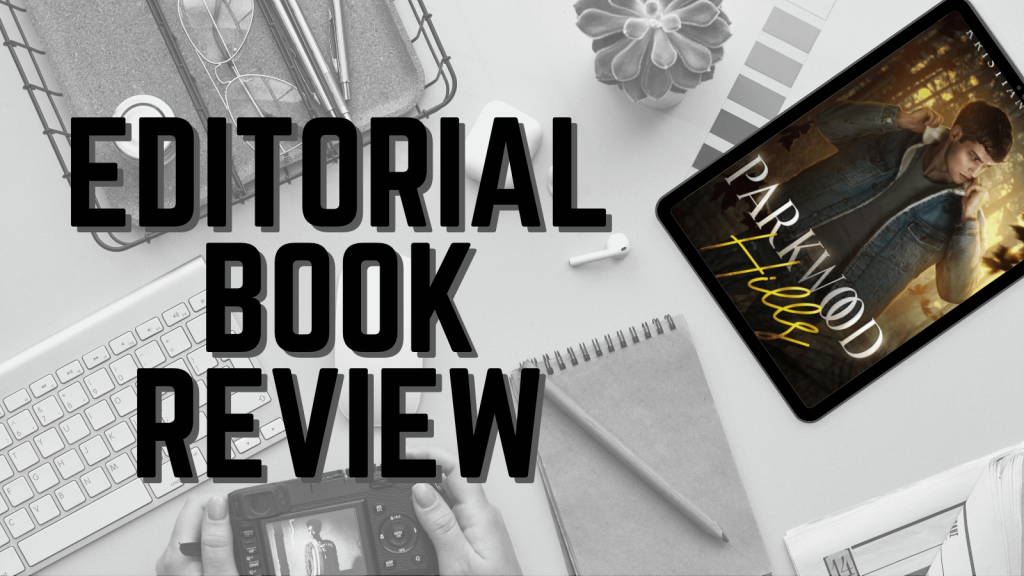
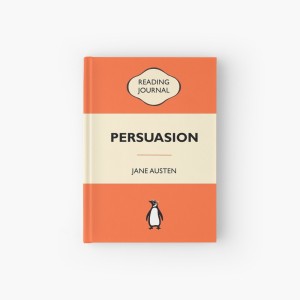









Leave a comment